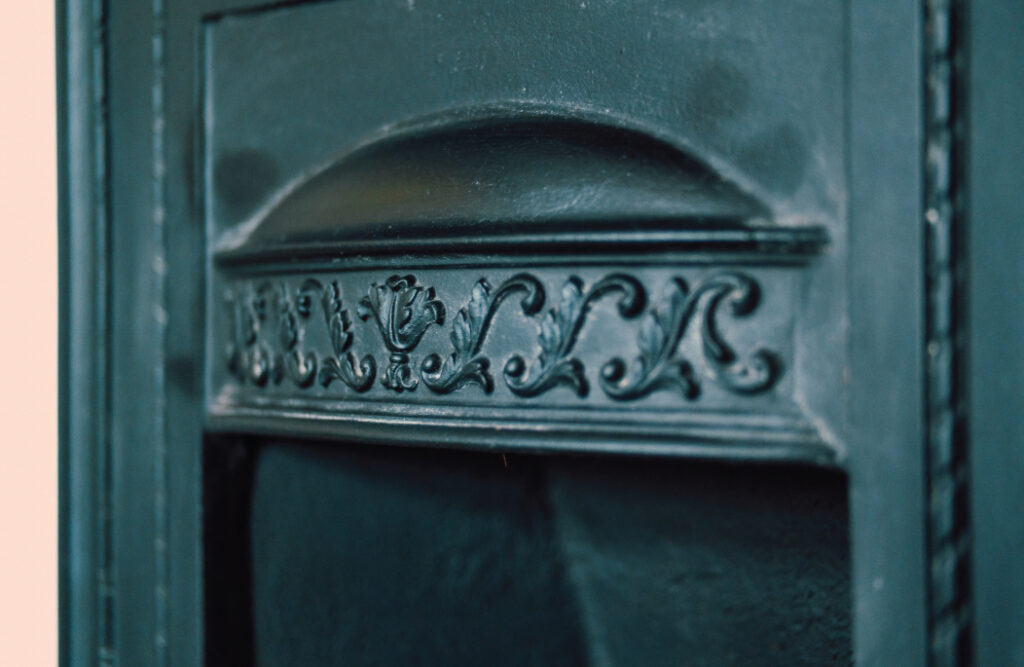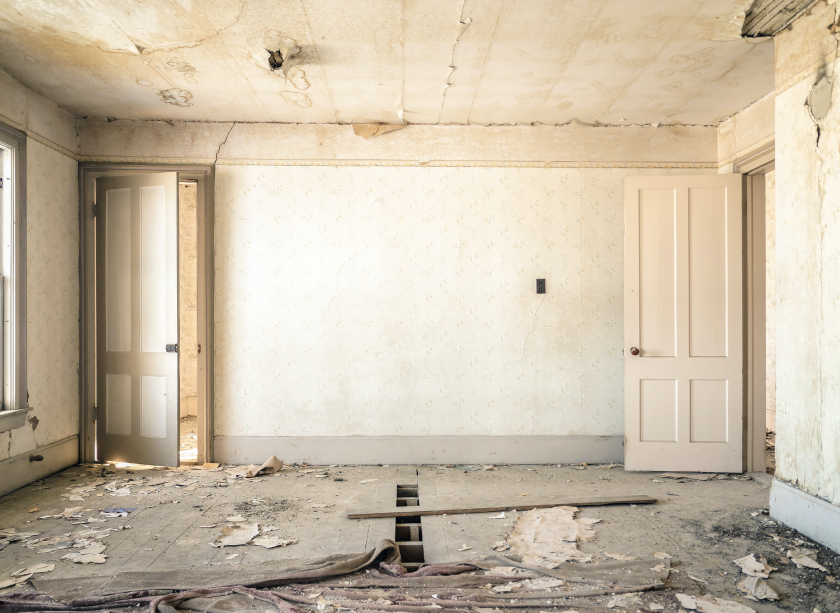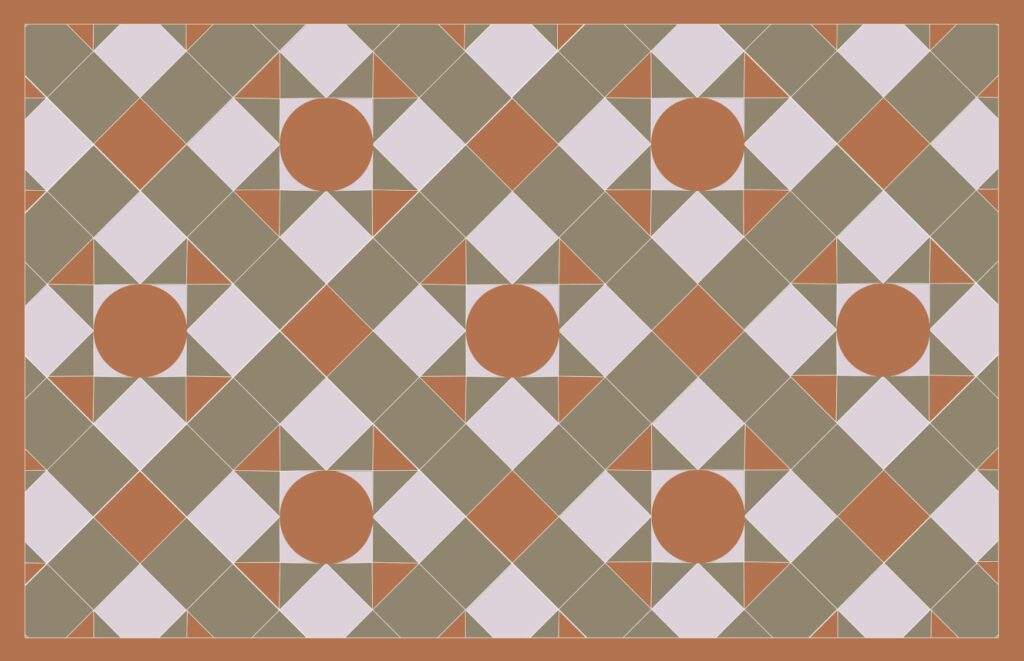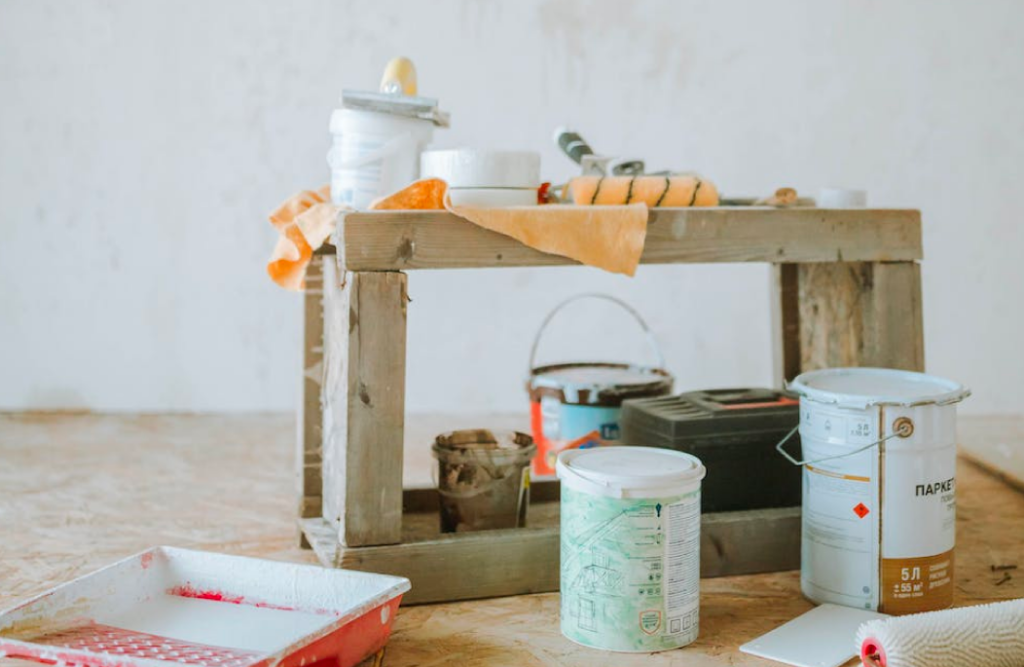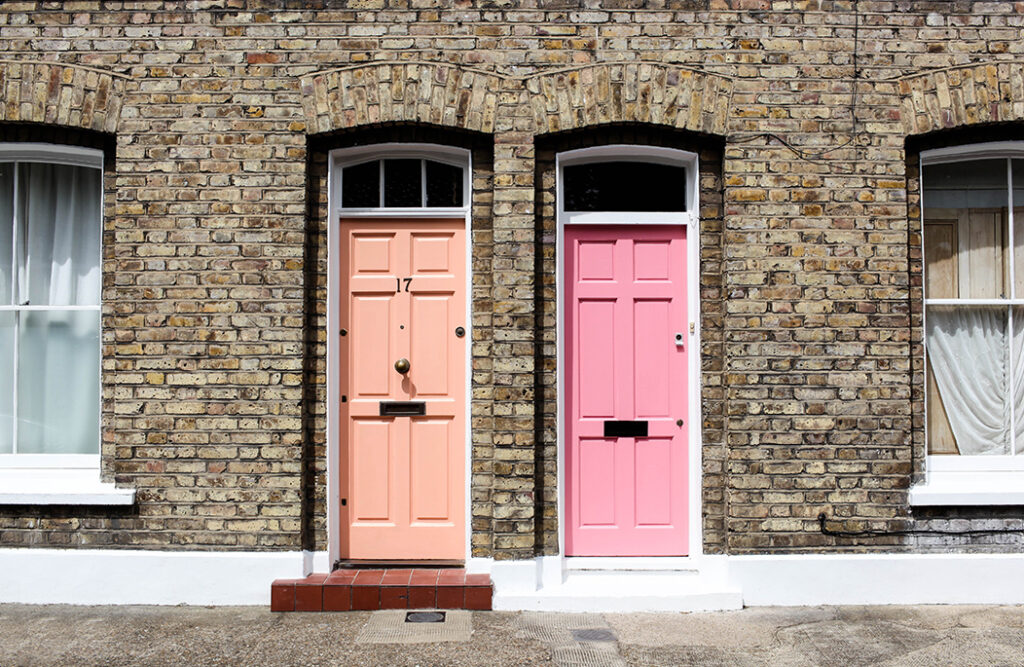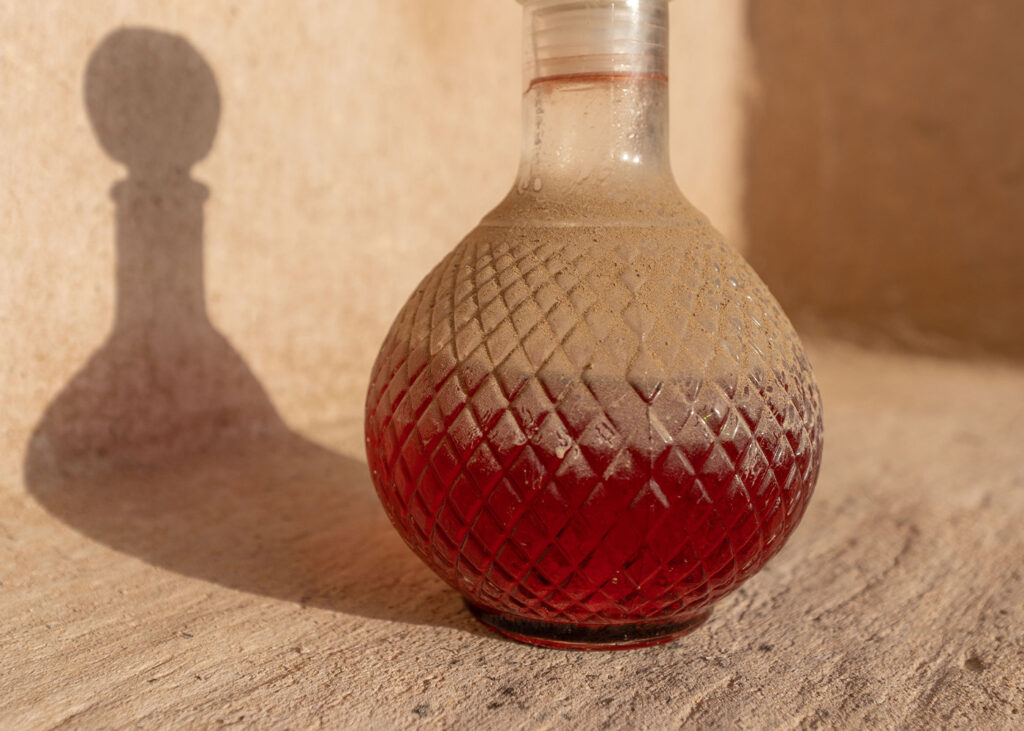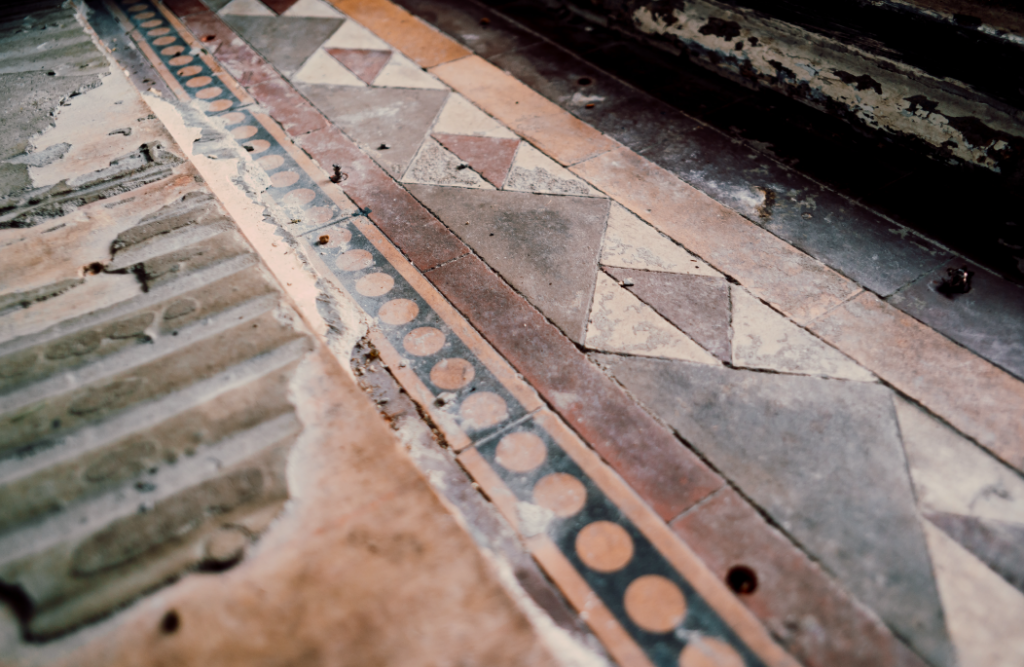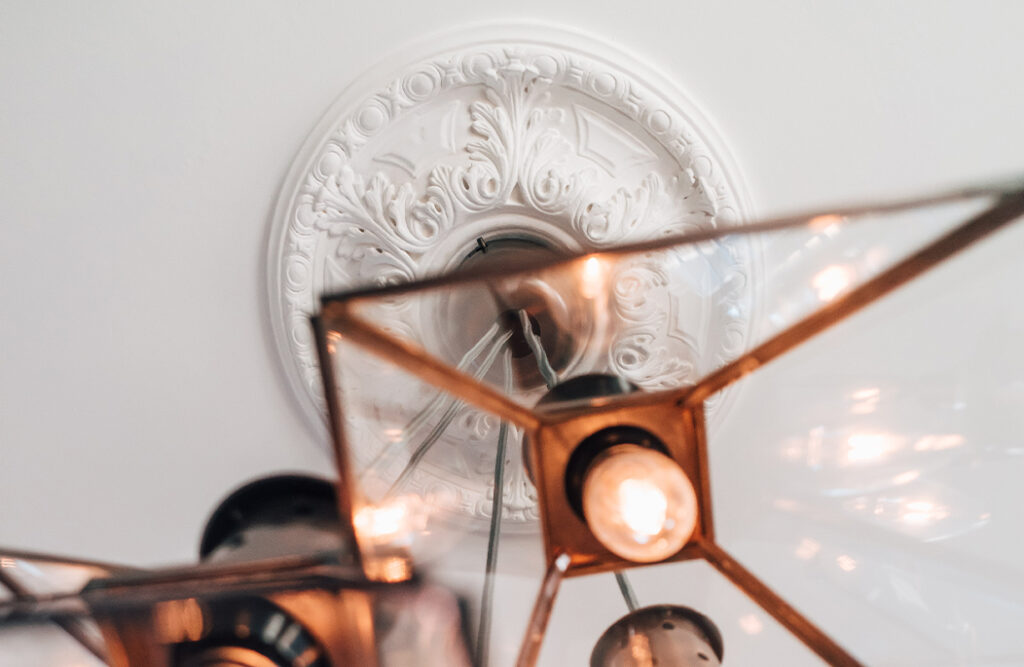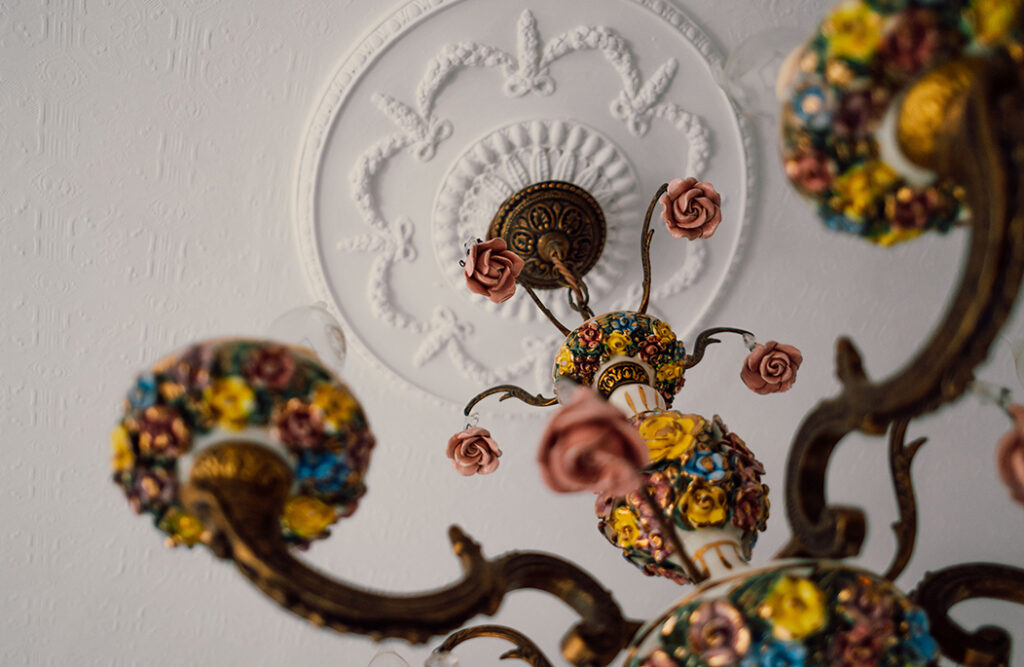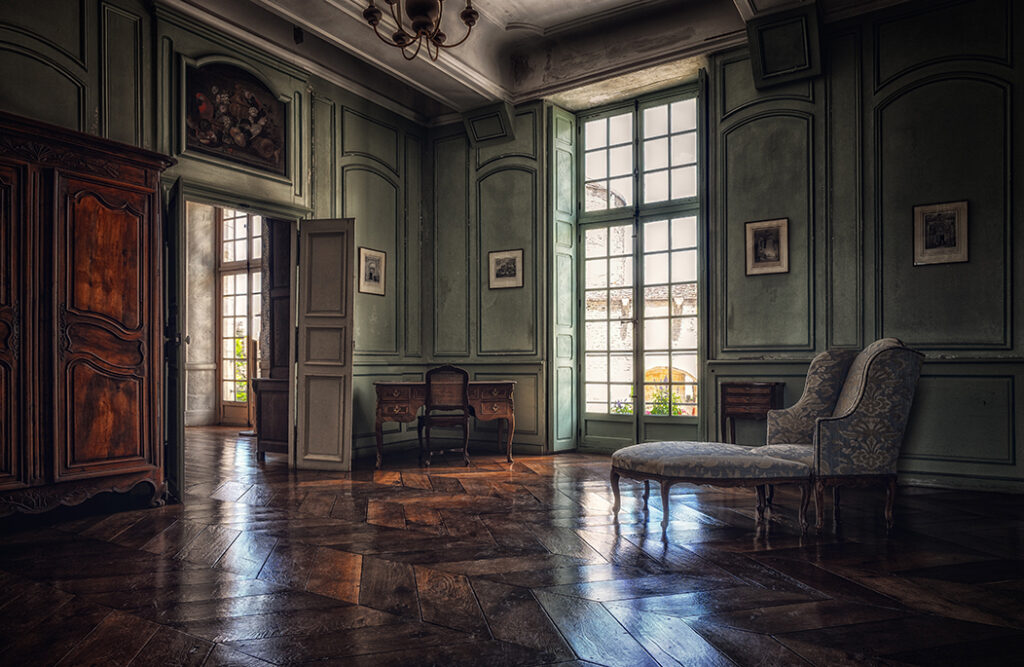The prominence of woodwork in the Victorian era is undeniable. For many Victorians, making something luxurious out of the most humble of materials was part of their aesthetic and this was beautifully showcased in examples of woodwork from that time.
Whether your Victorian home already has some authentic woodwork or you want to incorporate some into your property, we’ve curated a guide all about styling and preserving it.
The history of woodwork in the Victorian era
When many think of Victorian woodwork, dark woods like mahogany and a slightly gothic look may come to mind, but there is a lot more to it than that.
Lighter woods like rosewood and walnut were also common, being used for ornate and eye-catching elements, like carved panels and doors, within the home. Wood was featured exteriorly and interiorly with homeowners experimenting with different finishes, including natural, painted, and varnished.
At the beginning of the era, paint was favoured as the more traditional finish for woodwork, with deep and rich colours being incredibly popular. The ‘three gradations of colour’ method was also common. This was lighter-coloured ceilings, darker walls and even darker woodwork accents within a room.
As the era progressed, homeowners from all classes began to embrace bare wood features, ditching the paint and varnish and adding more chestnut and southern pine. This can be seen as the first introduction of the ‘rustic’ aesthetic that we know today.
By the end of the Victorian era, there was a mixture of simplistic wood features and then the introduction of more decorative and detailed wood elements, with oak becoming popular.
How to incorporate woodwork into your home

Ornate details
The Victorian ‘aesthetic movement’ peaked between 1870 and 1890 and this included wooden elements that had a lot of intricate design details. Doors, mantelpieces, furniture, and built-ins would be adorned with carvings. The most popular were curling patterns, bows, leaves, vines and flowers.
Panels & rails
Your home may already have these but if not, consider adding them to your home in a natural or painted wood. Tongue and groove panelling and dado rails were some of the most popular styles of the time that can still effortlessly fit into a modern home.

Colonial colouring
These days, throwback fashion is incredibly popular but things weren’t that different for Victorians. Thanks to the Colonial revival, wealthier Victorians would use dark oak in their homes for furniture, panels and rails. A more cost-effective option was to stain existing wooden features. This led to the more gothic look that the era is known for and is very easy to replicate in a modern home.
Floors & doors
Victorians made the most of every part of their houses, including rich wooden floorboards, grand door frames and beautifully designed doors. Intricate and neat designs on wooden floorboards were seen as a status symbol and expression of wealth. One of the most popular examples of this was parquet flooring.
Doors and door frames also had elaborate designs, with the wood carefully preserved and possibly the addition of stained glass.
Affluence could also be expressed through exotic, imported woods like ebony, kingwood, and padouk wood that were then incorporated into the home.


Fashionable furniture
If you want to incorporate Victorian woodwork subtly into your home, furniture is an easy addition. Think mahogany dining chairs with an upholstery finish in the kitchen, walnut writing desks in the study or hallway, antique drinks cabinets in the living room, and pine dressers in the bedroom.
These can be found from an antique shop hunt or by purchasing replicas.


The best ways to preserve Victorian woodwork
If you’re lucky enough to have original wooden features from the Victorian era in your home, you may want to restore or preserve them so you can enjoy them for years to come.
Firstly, cleaning is key. Weekly dusting and a deeper clean every couple of months can help to preserve your Victorian woodwork. Dilute washing up liquid or distilled white vinegar in water and lightly scrub the wood with a sponge. For more intricate carvings, you can use a small paintbrush.
One of the best ways to preserve antique woodwork without damaging it is with finishing wax. It’s protective, nourishes the wood, and adds a lovely sheen, whether it’s flooring, furniture, or on the walls. Antique wood should be dusted and then waxed regularly (at least once a year). You can combine the wax with linseed oil for a more impressive shine.
For added durability, if it hasn’t been varnished already, a coat of varnish also protects wooden furniture. Note that water-based varnishes weren’t invented until the 20th century so, if you’re a purist, you may want to stick to the wax.
If you are cleaning or varnishing wooden features above or around your Victorian fireplace, make sure the products you use aren’t flammable.
Restoring your Victorian woodwork

With older wooden flooring especially, you may want to sand it down as part of the restoring process before you add the new finish. Before this, make sure you have secured loose floorboards and replaced any broken ones.
To remove stains and scratches, begin with coarse-grit sandpaper and lightly remove the finish. If this isn’t enough, you can move on to finer grits or an edge sander for the edges. Make sure you don’t sand against the grain of the wood or you could create more scratches.
Insuring your Victorian property
When you put a lot of effort into restoring and preserving your Victorian home, whether it’s with the woodwork or other elements, you’ll want to ensure your efforts are protected with the right insurance. Adrian Flux is an insurance broker who understands this and will help you find home insurance to suit you.
Call 0800 369 8590 for a quote or book a callback at a time that works for you.

